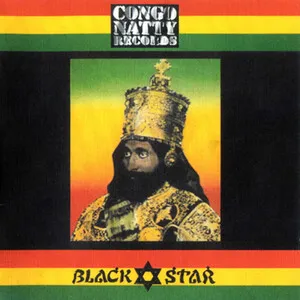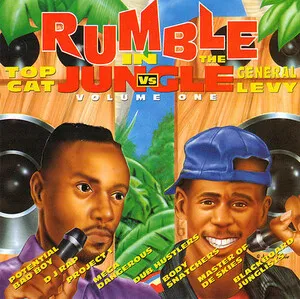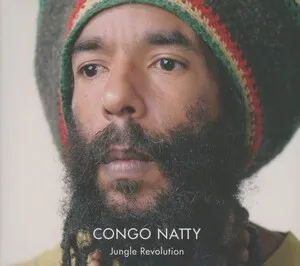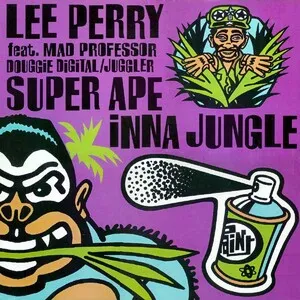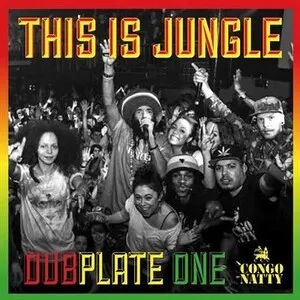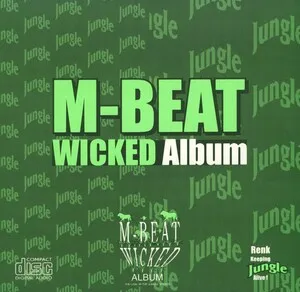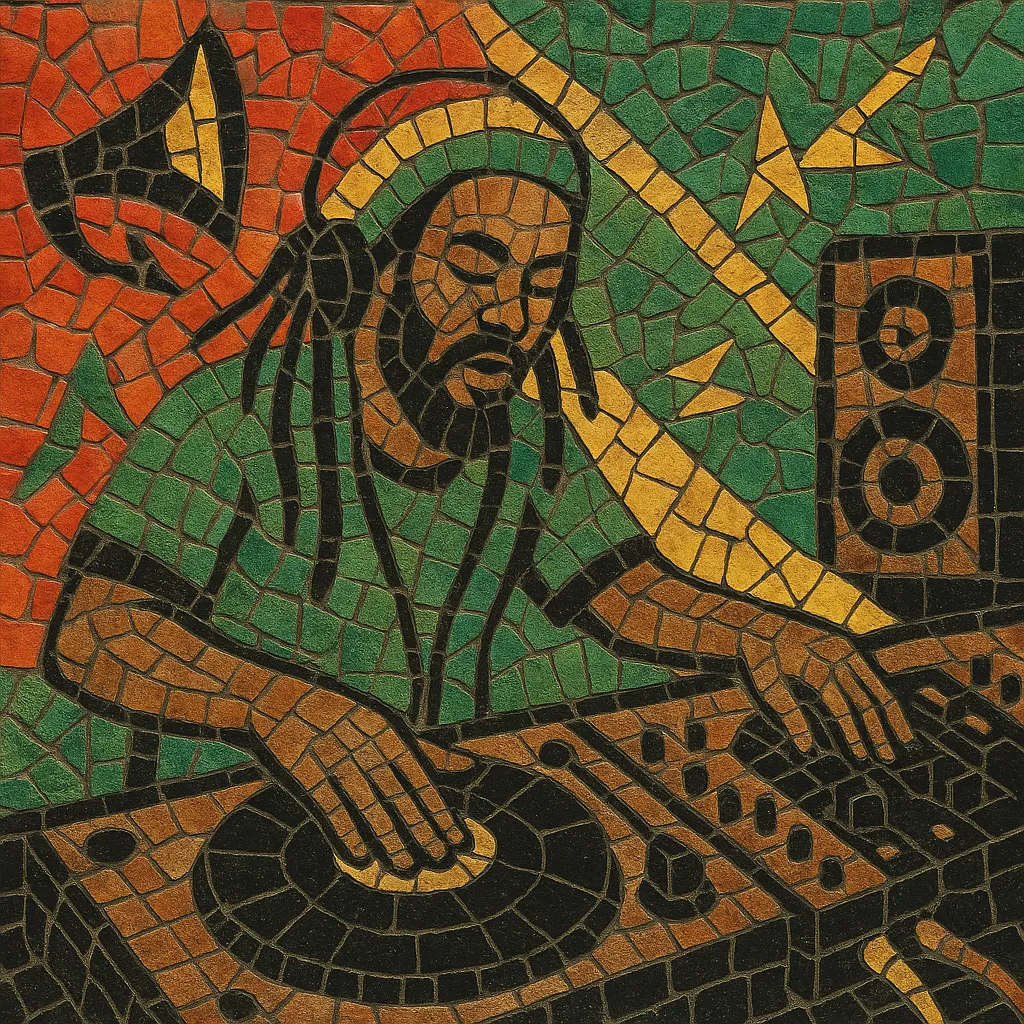
Ragga jungle is a high-energy substyle of jungle that fuses rapid-fire breakbeats, cavernous sub‑bass, and Jamaican dancehall/ragga vocals. Typically running at 160–175 BPM, it emphasizes chopped Amen breaks, dubwise bass pressure, airhorns and siren FX, and call‑and‑response toasting.
The genre grew out of UK sound system culture, bringing reggae and dancehall’s vocal tradition into the rave era’s breakbeat science. Its mood ranges from celebratory and streetwise to fiercely intense, powered by rewinds, dub sirens, and basslines designed for massive speaker stacks.
Ragga jungle emerged in the United Kingdom in the early 1990s as jungle producers folded Jamaican dancehall/ragga vocals and reggae sound system aesthetics into the breakbeat hardcore continuum. Pirate radio, warehouse raves, and London’s Afro‑Caribbean communities were crucial incubators. Chopped Amen/Think breaks, dubwise sub‑bass, and sample collages set the musical bedrock, while MCs and vocalists brought an unmistakable dancehall flair.
The style crossed over when tracks like Shy FX & UK Apachi’s "Original Nuttah" (1994) and M‑Beat feat. General Levy’s "Incredible" (1994) hit the charts, cementing ragga jungle’s signature: blistering drums paired with exuberant toasting and crowd‑hype FX. Labels and crews tied to jungle (Ganja/Kool FM circles, Congo Natty/Rebel MC) pushed the sound across clubs, pirate radio, and Notting Hill Carnival.
As drum and bass streamlined after 1996—leaning toward techstep and slicker production—ragga jungle receded from the mainstream but remained vibrant in underground circles. Its DNA seeded offshoots and adjacent scenes, from raggacore and raggatek to jump‑up tendencies in DnB, while continuing to thrive in regional pockets (UK, Canada/Toronto, parts of the US and Europe).
The 2000s saw periodic revivals and dedicated imprints/crews (e.g., Serial Killaz, Chopstick Dubplate/Jacky Murda & Aries) refreshing the template with modern engineering. Congo Natty’s "Jungle Revolution" (2013) reasserted the cultural and political roots of the sound. Today, ragga jungle persists as both a classic UK style and a global club tool, its influence evident in jungle terror and the persistent reggae/dancehall presence across bass music.

